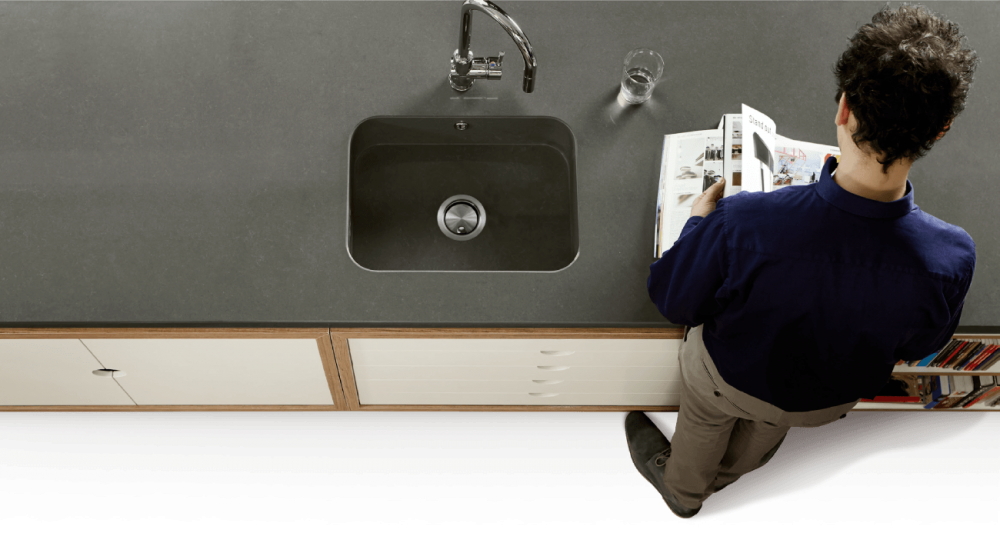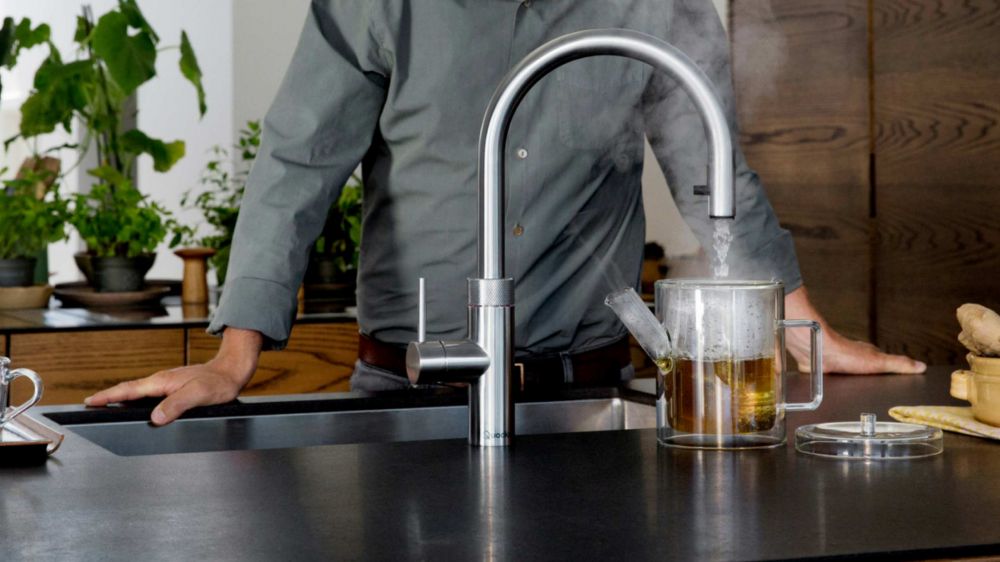Silestone - COVID-19 and Corona Virus
Why you should consider a Silestone worktop.
What is Silestone?
Silestone is a compound made up of 90% natural quartz and is extraordinarily hard and resilient. It is an excellent surface for kitchen worktops, bathrooms, floors and wall cladding using the minimum number of joints.
With the recent COVID-19 (Corona Virus) outbreak it's important to remember why we would choose a certain worktop over another. Silestone is one of the most robust natural materials and, when cleaned properly, is one of the best choices you could make with regards to keeping your kitchen as 'virus-free' as possible*
How to take care of your Silestone worktops
Made of 90% quartz, one of the most robust natural materials, Silestone is easy to care for and difficult to damage. Despite knowing it's literally as hard as rock, many people are wary of using the wrong product on their new Silestone worktop. Below you'll find what you need to know to keep your Silestone worktop in great shape for years – or decades – to come.
Daily cleaning of Silestone
Silestone is easy to maintain. For most day-to-day cleaning, all you have to do is wipe your counter down with a damp cloth. You can also use any pH balanced, gentle household cleaner, such as dish soap or an all-purpose cleaner. Don't use harsh or abrasive chemicals, such as bleach or oven cleaner, and make sure you avoid abrasive cleaning cloths and scourers, such as steel wool. These are likely to cause scratches or micro-pitting, causing dull patches on the worktop surface. This means that while your Silestone counter will still be useable, it won't be as attractive.
Removing limescale from Silestone
Many people are cautious about using limescale removers on Silestone as they know that these can damage natural stones such as marble and limestone. Silestone is made from tougher stuff and natural limestone removers such as vinegar work a treat.
Other spills and marks
Silestone does not absorb liquid, so it's tough to stain the stone. However, if a spill has been missed and allowed to dry on, you may be wondering how to remove it. The short answer is with gentle cleaning products and a non-abrasive no-scratch cloth. However, if that doesn't cut it, the official Silestone cleaning guide can be found on the Consentino website. This provides information on how to use more concentrated cleaning solutions without damaging the stone.
Silestone maintenance guide
Bringing back the shine
If your Silestone worktop starts to look dull or matte rather than shiny and lustrous, it's easy to take action. The most common cause is a build-up of grease, wax or cleaning products. If you suspect that grease is the culprit, washing up liquid is an excellent choice to cut through food grease. Where a build-up of wax or other products used to clean the surface is suspected, it's best to use a specialist spray that's suitable for stone worktops. This will usually cut through the build-up and let the finished stone's sheen shine through, making it look as good as new.
Repairing damage to Silestone worktops
Our supplier offers a 25-year warranty on their Silestone products, so your first port of call, if you see any damage, is US. Get in touch as soon as possible. Silestone is incredibly tough, and trying to repair damage yourself can make the problem more obvious. Cracks are very rare, so if you spot one it's essential to have the worktop assessed to make sure that there aren't any structural problems.
*Silestone is ONLY the work surface and is reliant on the user cleaning it properly. Viruses may exist on other surfaces within the kitchen.













